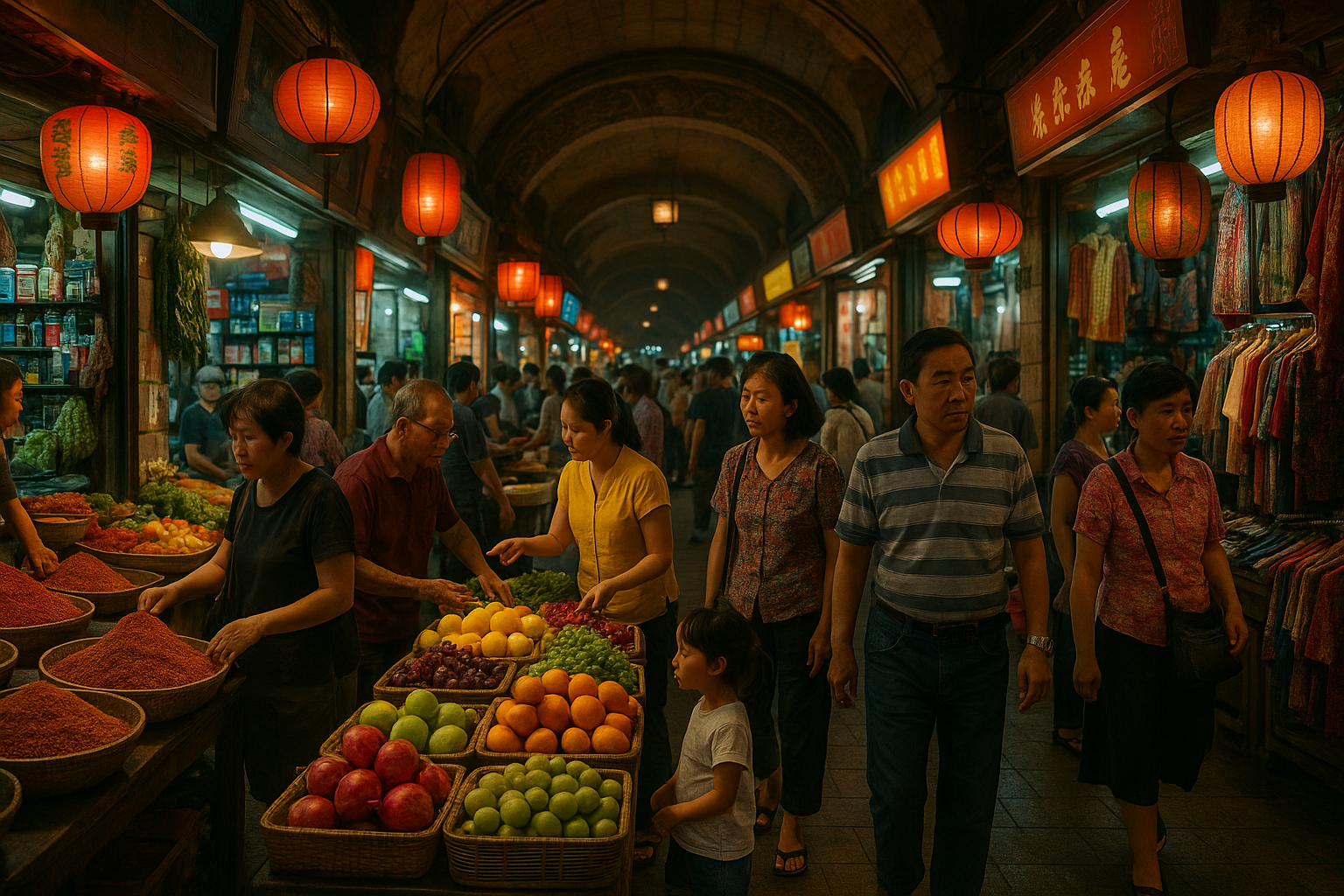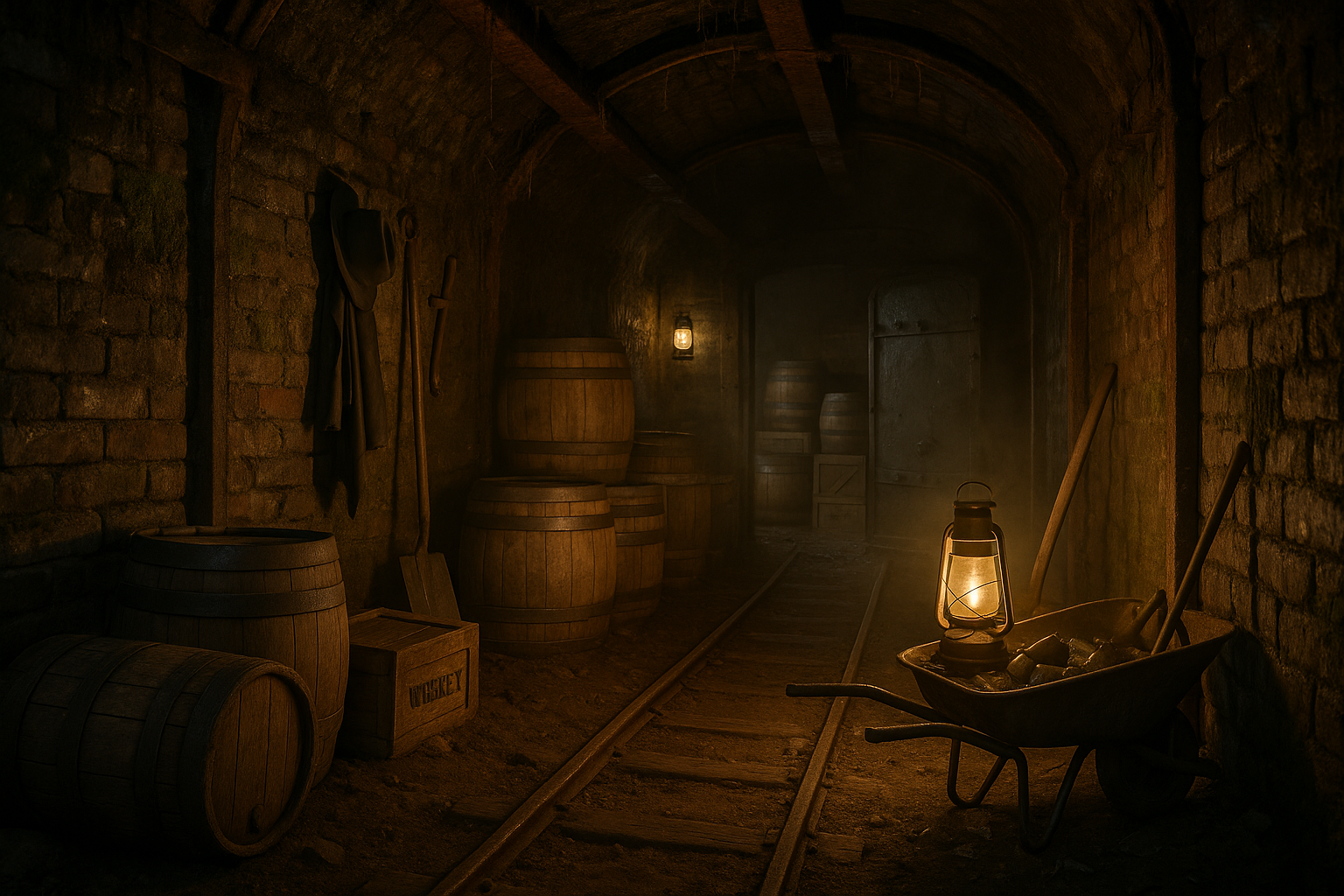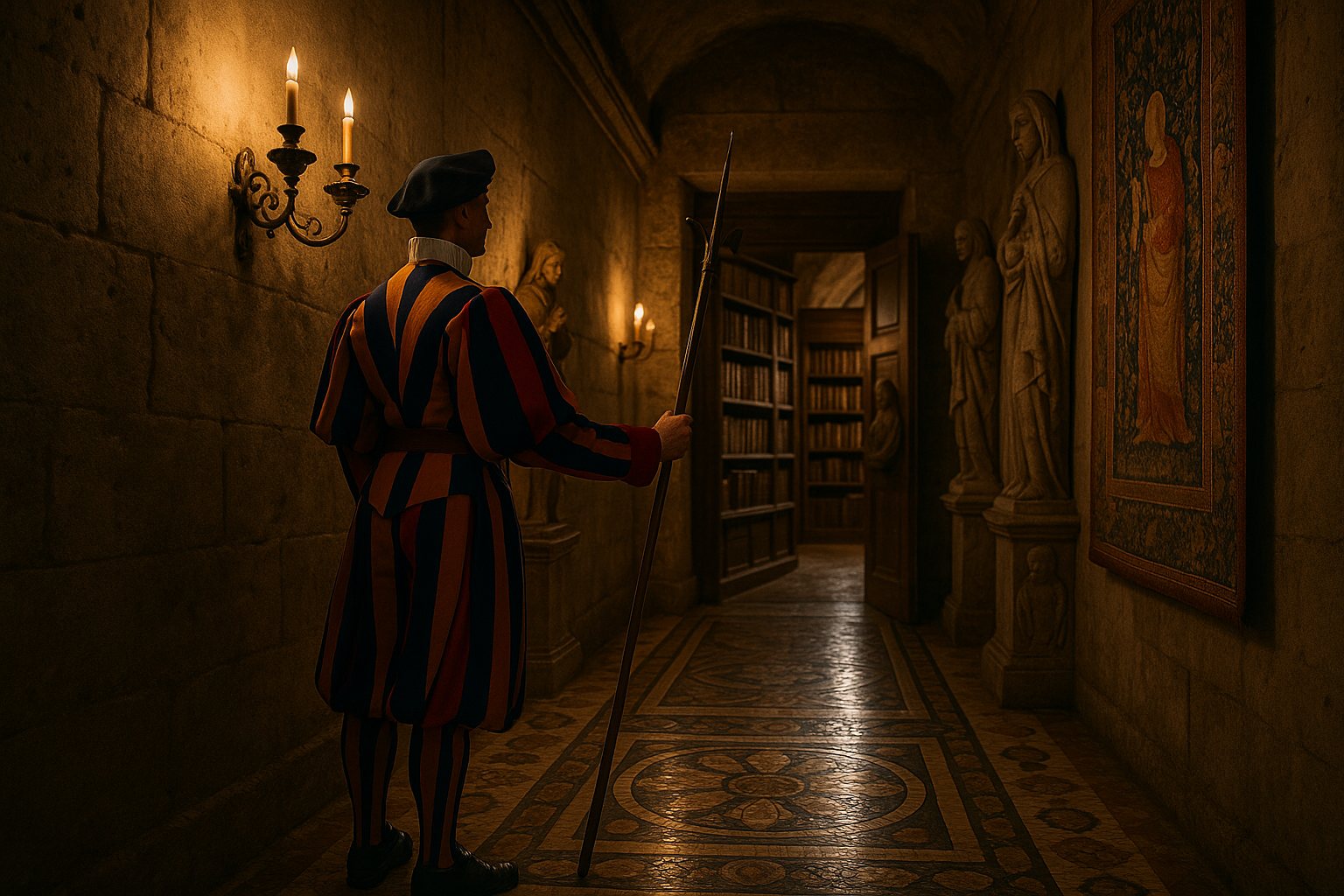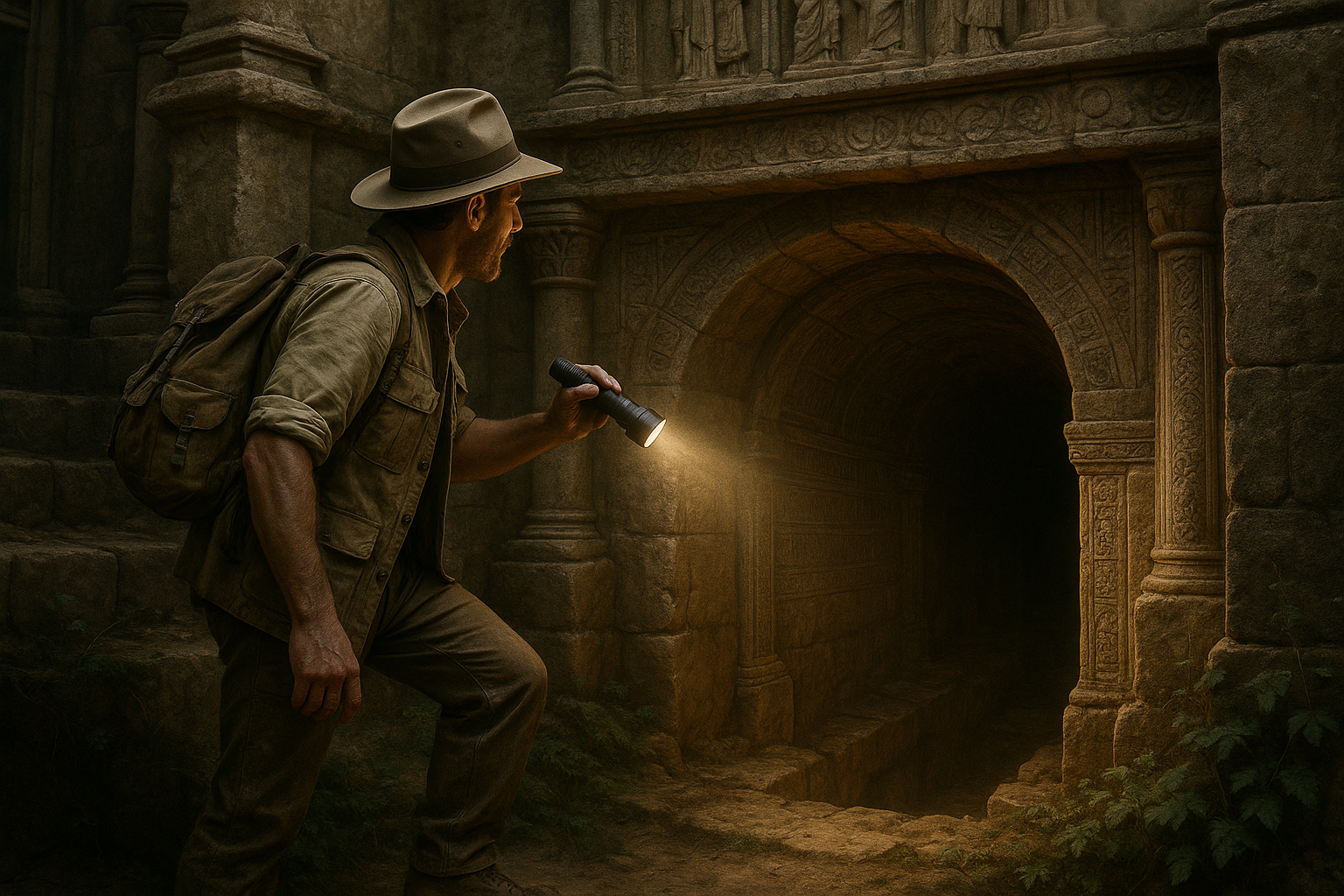Beneath the bustling streets and towering skyscrapers of today’s metropolises lies a hidden world, a time capsule waiting to be unearthed. Imagine walking through the busy avenues of Rome, Paris, or Istanbul, oblivious to the fact that beneath your feet, remnants of ancient Roman cities whisper tales of a long-forgotten past. These buried wonders offer more than just a glimpse into the architectural genius of the Roman Empire; they provide profound insights into the social, economic, and cultural dynamics of an era that laid the foundations for modern civilization. 🌍
The allure of Roman cities, with their grand amphitheaters, intricate mosaics, and sprawling forums, captivates historians and archaeologists alike. As urban expansion continues, the discovery of these hidden gems often happens by chance, during construction projects or infrastructure development. What follows is a race against time to excavate and preserve the echoes of a world that once thrived, filled with bustling marketplaces, vibrant communities, and awe-inspiring architecture. In this exploration of Roman cities buried beneath contemporary landscapes, we delve into how these ancient metropolises are rediscovered and the stories they tell about the people who inhabited them.
This journey through time will take us to some of the most fascinating sites where modern life meets ancient history. From the subterranean wonders beneath Rome itself, where layers of history interweave to create a complex tapestry, to the unexpected Roman remnants beneath London’s streets, each discovery adds a new chapter to the story of human civilization. We’ll explore how these cities were designed, the innovations they introduced, and how they continue to influence urban planning today. Additionally, we’ll consider the challenges of preserving these sites in the face of modern development pressures and the ethical considerations involved in balancing heritage with progress.
Join us as we unearth the marvels of Roman cities lying silently beneath our modern metropolises. Through the lenses of history and archaeology, we will uncover the resilience and ingenuity of an empire that, even in ruins, continues to shape our world. This journey will not only enrich your understanding of ancient Roman society but also inspire a deeper appreciation for the cities we inhabit today. So, put on your explorer’s hat and prepare to embark on a fascinating expedition into the past, where every brick and stone has a story to tell. 🏺
The Allure of Roman Cities Buried Beneath Modern Metropolises
Roman civilization has long fascinated historians, archaeologists, and the public alike, serving as a rich tapestry of cultural, political, and architectural marvels. Its remnants, often hidden beneath the bustling streets of contemporary cities, offer a glimpse into the lives of a sophisticated ancient society. Many modern metropolises, such as London, Paris, and Istanbul, were once significant Roman settlements, and their buried histories tell compelling stories of innovation and survival. Understanding the complex relationship between these ancient cities and their modern counterparts is not just a journey into the past but an exploration of how history continuously shapes our urban landscapes.
Discovering Roman ruins beneath modern cities is an archaeological pursuit that combines detective work with groundbreaking technology. As urban areas expand, construction projects inadvertently unearth Roman artifacts, prompting both excitement and logistical challenges. These findings require careful excavation and preservation efforts, often leading to collaborations between archaeologists, city planners, and local governments. The process of revealing Roman structures underneath a modern cityscape involves a delicate balance of preserving historical integrity while accommodating contemporary needs.
The Roman Empire’s vast expanse meant that its influence reached numerous parts of Europe, North Africa, and the Middle East. Each city tells its own unique story, from Rome’s iconic Forum and Colosseum to the sprawling streets of Pompeii. Below, we delve deeper into specific examples of cities that were pivotal to Roman civilization and how they continue to impact modern life. As you read, consider the parallels between ancient urban planning and modern city developments, and how these historical insights can inform future urban design. 🏛️
London: Londinium’s Echoes Beneath the Thames
London, known to the Romans as Londinium, was established around 43 AD as a commercial center. It rapidly grew into one of the most important cities in Roman Britain, strategically located along the River Thames. Today, beneath the hustle and bustle of the United Kingdom’s capital, traces of Londinium remain, offering insights into ancient trade and daily life. Excavations have revealed parts of the Roman wall, amphitheater, and even residential areas, each narrating the tale of a vibrant and bustling city that once stood here.
One of the most significant archaeological discoveries in London is the Roman amphitheater, uncovered in 1988 beneath the Guildhall Yard. This amphitheater once hosted gladiatorial contests and public spectacles, accommodating up to 7,000 spectators. Its remains are now preserved and displayed, providing a tangible connection to the city’s ancient past. The circular foundations serve as a reminder of the entertainment and cultural life that was integral to Roman society.
Another fascinating aspect of Roman Londinium is its sophisticated infrastructure, including roads, aqueducts, and sewage systems. These innovations reflect the Romans’ advanced understanding of urban planning and their commitment to improving quality of life. Modern London continues to benefit from this legacy, with its well-planned road systems and public amenities echoing the organizational prowess of its Roman predecessors. By examining the remnants of Londinium, we gain a deeper appreciation of the complexities and achievements of ancient urban design.
Comparison of Roman and Modern London
| Aspect | Roman Londinium | Modern London |
|---|---|---|
| Population | Approx. 30,000 | Approx. 9 million |
| Main Structures | Amphitheater, Public Baths, Forum | The Shard, Buckingham Palace, The Gherkin |
| Transport | Roman Roads, River Thames | Underground, Buses, Trains |
The echoes of Londinium can be experienced not just in museums and archaeological sites but also in the very fabric of modern London. As construction projects proceed, new discoveries continue to emerge, enriching our understanding of this ancient city. For those interested in exploring more about Roman Londinium, watch this insightful video by History Time that delves into its history and significance.
Paris: The Gallo-Roman Legacy of Lutetia
Paris, known in antiquity as Lutetia, offers another fascinating intersection of Roman and modern urban life. Founded by the Parisii, a Gallic tribe, Lutetia was conquered by the Romans in the 1st century BC and transformed into a thriving city. Situated on the banks of the Seine River, Lutetia was an important hub for trade and commerce, strategically positioned along major Roman roads. The city’s remnants, concealed beneath modern Paris, reveal a rich tapestry of history that continues to captivate scholars and enthusiasts alike.
One of the most significant Roman structures in Paris is the Thermes de Cluny, or Cluny Baths, which date back to the late 2nd century AD. These baths, located in the Latin Quarter, were part of a larger complex that included a frigidarium (cold room), tepidarium (warm room), and caldarium (hot room). The baths served as a social and cultural center for the inhabitants of Lutetia, showcasing the Roman emphasis on public bathing and leisure. Today, visitors can explore the ruins, which are part of the Musée de Cluny, offering a glimpse into the daily lives of Lutetia’s residents.
The Roman influence on Paris is also evident in the city’s architectural layout and infrastructure. The grid-like pattern of streets, the use of arches and domes, and the development of public spaces all reflect Roman urban planning principles. These elements have left an indelible mark on Paris’s identity, contributing to its reputation as a city of art and culture. To learn more about the Gallo-Roman history of Paris, watch this video by Smithsonian Channel, which explores the enduring legacy of Lutetia.
Roman Structures in Paris
- Cluny Baths: A preserved site showcasing Roman bathing culture.
- Arènes de Lutèce: An ancient amphitheater still visible today.
- Forum of Lutetia: The political and economic heart of the city.
The remnants of Lutetia beneath Paris serve as a testament to the city’s enduring legacy and its transformation over the centuries. As urban archaeologists continue to uncover more about Paris’s Roman past, these findings provide valuable insights into the complexities of ancient urban life. Whether you are a history enthusiast or a casual visitor, the Gallo-Roman history of Paris offers a rich and rewarding exploration of the city’s origins and evolution. 🗼
Istanbul: Constantinople’s Roman Foundations
Istanbul, historically known as Byzantium and later Constantinople, stands as a city of immense historical significance, bridging Europe and Asia. Its Roman heritage is deeply intertwined with its identity, having served as the eastern capital of the Roman Empire. Founded by Emperor Constantine the Great in 330 AD, Constantinople was envisioned as a new Rome, embodying the grandeur and architectural prowess of the Roman world. Beneath modern Istanbul, the echoes of this illustrious past continue to resonate, revealing the city’s storied history.
The Hagia Sophia, originally constructed as a Christian basilica by Emperor Justinian I, is one of the most iconic structures in Istanbul and a testament to the city’s Roman past. Although it has undergone various transformations—serving as a mosque and now a museum—its architectural brilliance remains a symbol of Constantinople’s cultural and religious significance. The Hagia Sophia’s massive dome, intricate mosaics, and engineering feats reflect the advanced architectural techniques and artistic expression of the Roman era.
Beneath Istanbul’s streets, the subterranean Basilica Cistern is another remarkable example of Roman engineering. Built in the 6th century to supply water to the Great Palace, the cistern features a vast underground chamber supported by 336 marble columns. This marvel of ancient engineering not only highlights the Romans’ ingenuity in resource management but also serves as a popular tourist attraction, offering visitors a unique glimpse into the city’s past.
Notable Roman Sites in Istanbul
| Site | Description |
|---|---|
| Hagia Sophia | A monumental basilica showcasing Roman architectural and artistic achievements. |
| Basilica Cistern | An underground water reservoir demonstrating Roman engineering prowess. |
| Hippodrome of Constantinople | A public arena for chariot races and social gatherings. |
For those intrigued by Istanbul’s Roman legacy, a visit to these sites offers a captivating journey through time, where ancient and modern coexist in a harmonious blend. Watch this engaging video by The History Guy to delve deeper into the history of Roman Constantinople and its enduring impact on Istanbul’s cultural landscape. 🌉
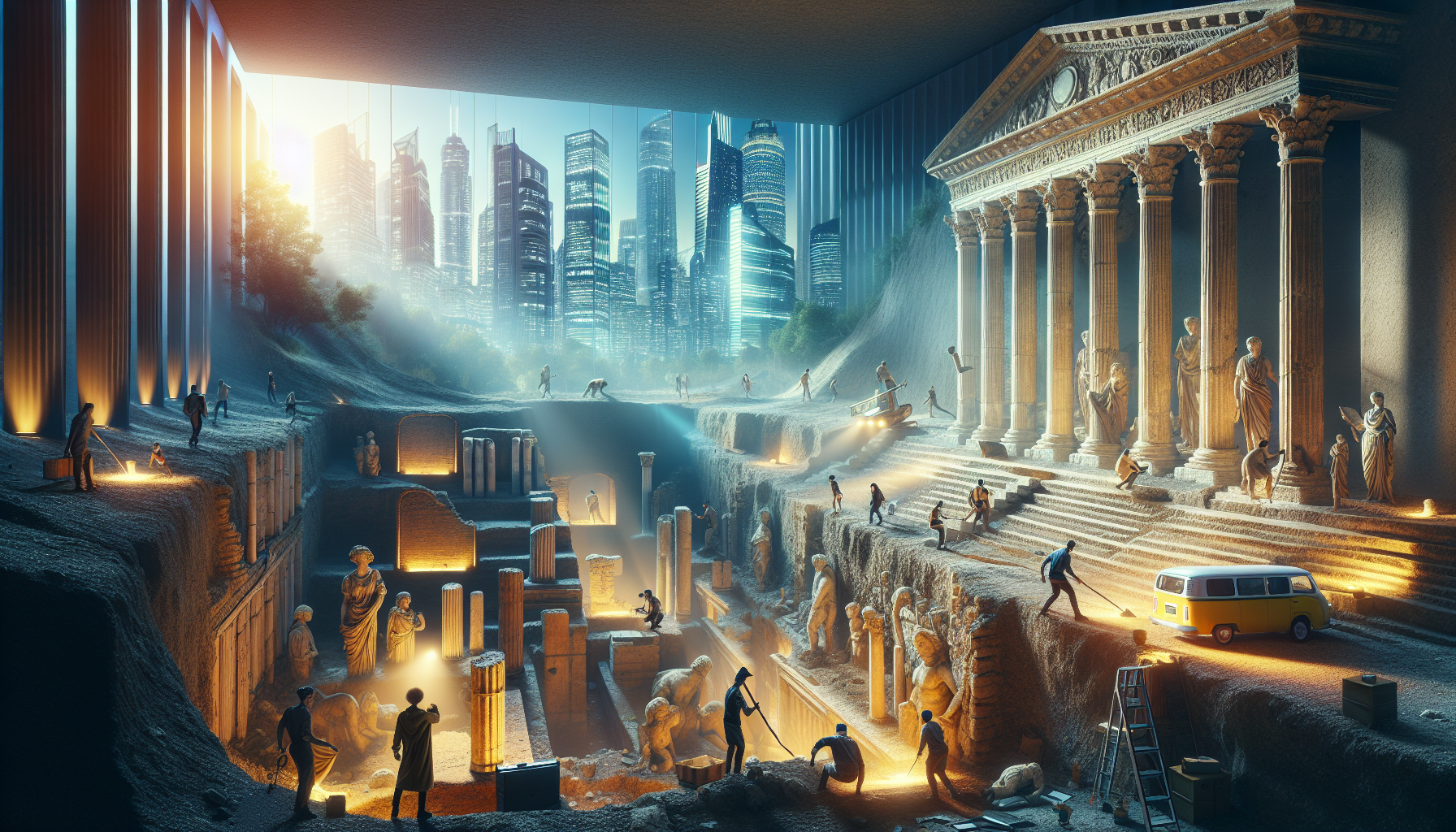
Conclusion
As we journey through the vestiges of time, the exploration of Roman cities beneath modern metropolises offers a fascinating glimpse into the ingenuity and resilience of an ancient civilization. This narrative has unraveled not just stones and artifacts, but also stories of innovation, culture, and adaptation that resonate even in today’s world.
Our exploration began by delving into the remarkable engineering feats of the Romans, whose advanced urban planning and architectural prowess laid the foundation for the thriving cities of their time. The discovery of underground aqueducts, amphitheaters, and roads beneath contemporary cityscapes showcases the durability and foresight of Roman design, a testament to their understanding of urban functionality and aesthetics.
We further explored the cultural and social dynamics that flourished within these cities. The bustling forums, grand temples, and vibrant marketplaces were centers of commerce and community life, reflecting the Romans’ sophisticated societal structure. These findings underscore the Romans’ ability to create inclusive spaces that catered to both public discourse and personal leisure, a concept still crucial in modern urban design.
A significant portion of our exploration focused on the preservation and excavation efforts that bring these ancient wonders to light. The dedicated work of archaeologists and historians, using cutting-edge technology such as LiDAR and ground-penetrating radar, has allowed us to reconstruct these buried landscapes with astonishing accuracy. This ongoing research not only enriches our understanding of Roman history but also informs contemporary urban development and conservation strategies.
The uncovering of these ancient cities beneath modern metropolises also poses intriguing questions about the layers of history that we walk upon every day. Each discovery offers a new perspective on our past, prompting us to reflect on how past civilizations influence our current cultural and architectural landscapes. This connection between the past and present is a powerful reminder of our shared heritage and the continuous evolution of human societies.
The significance of unearthing these ancient Roman cities extends beyond mere historical interest. It challenges us to think about the sustainability and legacy of our modern cities. The Romans have shown us that thoughtful urban planning and resilient construction can withstand the test of time. In an era where sustainability is more critical than ever, the lessons we learn from Roman engineering and urban design are invaluable for shaping the cities of tomorrow.
As we conclude this exploration, it is essential to recognize the importance of preserving our archaeological heritage. These ancient sites are not just relics of the past but are vital links to understanding human history and development. By supporting archaeological efforts and promoting awareness of these hidden wonders, we contribute to the preservation of our global heritage.
We invite you, dear reader, to delve deeper into this fascinating subject and explore the stories of ancient Roman cities in your own time. Whether you are an enthusiast of history, architecture, or archaeology, there is much to discover and learn. Sharing these stories with others can spark interest and appreciation for the rich tapestry of history that lies beneath our feet.
For those interested in further research, numerous resources and organizations are dedicated to uncovering and preserving ancient Roman sites. Institutions such as the Archaeological Institute of America and UNESCO provide valuable insights and opportunities for engagement. Link to Archaeological Institute of America and Link to UNESCO World Heritage are excellent starting points for anyone eager to learn more about ongoing archaeological endeavors and heritage preservation efforts.
In closing, the uncovering of Roman cities beneath modern metropolises is more than just an archaeological pursuit; it is a journey through time that enriches our understanding of human innovation and resilience. It reminds us of the enduring impact of ancient civilizations on our contemporary world and inspires us to build a future that honors and learns from the past. 🌍🏛️
We encourage you to share your thoughts, insights, and discoveries in the comments below. Let us continue this conversation, inspire curiosity, and cultivate a collective appreciation for the wonders of our shared history. Together, we can ensure that these ancient stories are not forgotten but are celebrated and preserved for generations to come.
Toni Santos is a visual storyteller and artisan whose work explores the quiet power of what lies beneath. With a deep fascination for subterranean and hidden architecture, Toni uncovers the layers, voids, and forgotten spaces that shape our built environment from the shadows.
His art is a journey through the unseen — from ancient underground chambers to sealed passageways, service tunnels, and foundations buried in time. Each creation tells a story of silence, secrecy, and structure — revealing how absence and concealment can be just as meaningful as what’s visible above ground.
Whether working through visual compositions, architectural studies, or symbolic handcrafted pieces, Toni captures the soul of hidden spaces. His work bridges art and archaeology, blending design with discovery. Trained in visual design and traditional techniques, Toni creates with intention. His pieces don’t just depict — they interpret, inviting viewers to rethink what space, memory, and architecture mean when they’re hidden from view.
As the creative force behind Vizevex, Toni shares this perspective through curated visual narratives, symbolic collections, and interpretive essays that give voice to the quiet geometries beneath our feet.
His work is a tribute to:
The mystery of spaces built to be forgotten
The symbolism embedded in foundations, voids, and passageways
The timeless connection between human intention and hidden structure
Whether you’re an artist, an urban explorer, or someone fascinated by the unseen frameworks that support our world, Toni invites you into a realm where architecture becomes myth — one corridor, one layer, one buried story at a time.


